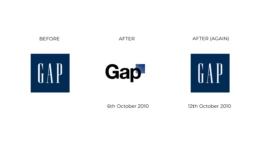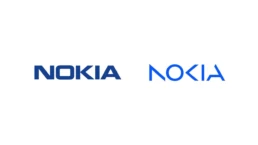Small Steps, Big Outcome.
There are many factors to consider when deciding whether to brand something new or rebrand something old. Here are some of the factors that can influence the decision:
Branding to fill a market gap.
It has been said that some of the best products and services have been created when someone spots a gap in a market that they can fill with a new product/service. However, some innovations also created markets for products people were unaware they needed. (Walkman & iPod)

Corporate change forces rebranding.
An acquisition or merger of two or more existing companies. Rebranding is necessary in order to reflect the changes that are made to the organizational structure, product line, or target market. It helps to ensure that customers, investors, and other stakeholders are aware of the new developments and that the company is seen as a single entity.

Reflection on company structure re-alignment.
In the past few years, you have successfully established a business and have had to restructure the business in order to meet new standards (or as part of the learning curve). In rebranding (or as we like to call it - Brand Standardisation), you aim to align the way your existing and potential customers perceive your brand.

Forced by performance.
In some cases, a lack of customer awareness can lead to brand identity changes or name changes. For brands that have been unsuccessful, starting again can help give a second chance or may present as the final throw of dice in customers' eyes.

Need to simplify.
By human nature, we tend to truncate people's names; many brands are now doing the same with their brands. It is a smart move for brands to get closer to their customers by doing this. Dunkin' Donuts became Dunkin', The Metropolitan Museum of Art became The MET, and what about Facebook? It surrendered to the inevitable...

Forcing a change of perception.
There's a very strong reason why countries & cities develop their tourism brands and 'destination' names; they believe that by presenting themselves in a fresh and distinct manner, more visitors will be likely to be attracted to check out their destinations.

Rebranding seems more relevant and authentic.
Essentially, a rebrand gives an organization a new perspective on a company that has presented itself in the same way for years. Old is gold, but it's a new world out there, and what once was isn't always the same. As technology and time continue to change faster, existing brands cannot afford to stick to their old methods in order to compete with the new and upcoming.

Our lives have become so dominated by brands that we take to extraordinary lengths to bask in the status they seem to possess. Brands have to create new experiences, embrace evolving technologies, and come up with creative strategies to stay relevant. If they don’t, they risk losing out to their competitors and being left behind. In sum, brands must stay ahead of the curve and innovate to succeed in the ever-shifting market.
